Nanofluid (Two-Phase) in Microchannel Heat Sink CFD: A Fluent Experimental Validation Tutorial
Nanofluid (Two-Phase) in Microchannel Heat Sink CFD: A Fluent Experimental Validation Tutorial
- Upon ordering this product, you will be provided with a geometry file, a mesh file, and an in-depth Training Video that offers a step-by-step training on the simulation process.
- For any more inquiries regarding the product, please do not hesitate to reach out to us at info@CFDLAND.com or through our online support assistant.
€360 Original price was: €360.€185Current price is: €185.
Finding better ways to cool high-performance electronics is a major engineering challenge. Minichannel heat sinks are a powerful solution, but their performance can be pushed even further by using nanofluids. When we treat the nanoparticles and the base fluid as two separate but interpenetrating phases, we use a two-phase model, which can be very accurate. A Nanofluid (two-phase) in Microchannel Heat Sink CFD simulation is essential to understand and predict this complex behavior. The most important step is to first prove that our simulation is correct by comparing it to real-world experiments. This report details a CFD Validation study where a Mixture multiphase CFD model is carefully compared against the experimental results from the paper “An experimental investigation of heat transfer enhancement of a minichannel heat sink using Al2O3–H2O nanofluid” [1].
- Reference [1]: Sohel, M. R., et al. “An experimental investigation of heat transfer enhancement of a minichannel heat sink using Al2O3–H2O nanofluid.” International Journal of Heat and Mass Transfer74 (2014): 164-172.
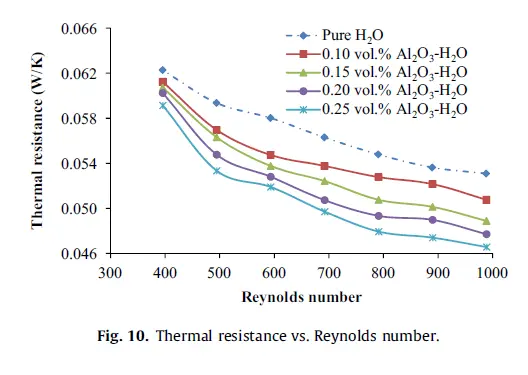
Figure 1: The schematic of the minichannel heat sink used for the Nanofluid Microchannel Multiphase CFD analysis [1].
Simulation Process: Modeling the Nanofluid Validation Fluent Simulation
To create an accurate and efficient simulation, we took advantage of the system’s symmetrical design. Only a single section of the minichannel was modeled in 3D, with symmetry boundary conditions applied. After creating the geometry, a high-quality structured mesh was generated to ensure precise calculations, especially near the walls where heat transfer occurs.
The core of this Nanofluid (two-phase) in Microchannel Heat Sink Fluent simulation is the Mixture multiphase model. This model is ideal because it treats the Al2O3 nanoparticles and the water as a combined fluid but allows for their properties to be different and to interact. A critical step was to implement a User-Defined Function (UDF). Because the nanofluid’s properties, like density and thermal conductivity, change with nanoparticle concentration and temperature, the UDF was written to input these specific property relationships directly into the Fluent solver, making the simulation highly accurate.
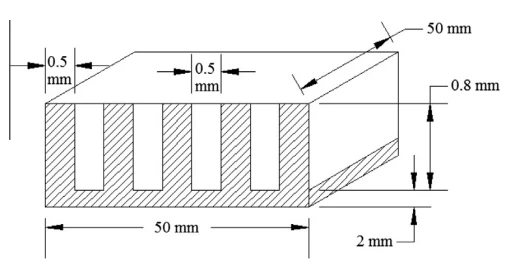
Figure 2: Schematic of the mini channel heatsink [1]
Post-Processing: CFD Analysis, Model Validation and Thermal Enhancement
The first and most critical step in this analysis is to confirm that our simulation is trustworthy. Figure 2 provides this essential validation. The graph compares the thermal resistance calculated by our Nanofluid Validation fluent model (the solid lines) against the actual experimental data from the reference paper (the dots). The extremely close match between the simulation and the real-world data, especially at higher Reynolds numbers, proves that our CFD setup is correct. This gives us high confidence in the simulation’s predictive power. The graph itself reveals the first key insight: as the fluid flows faster (higher Reynolds number), the thermal resistance drops significantly. This happens because the faster-moving fluid is able to carry heat away from the source much more quickly, preventing heat build-up.
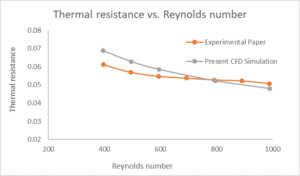
Figure 3: The Nanofluid validation CFD graph, showing the excellent agreement between the simulation results and experimental data for thermal resistance.
With the model validated, we can now use it to understand why the nanofluid is so effective. The velocity contour in Figure 3 shows a classic laminar flow profile, reaching a maximum of 1.309 m/s in the center and dropping to zero at the walls. While the flow pattern is simple, the magic is in the fluid’s properties, which were accurately modeled with our UDF. The addition of Al2O3 nanoparticles significantly increases the mixture’s overall thermal conductivity. This means the fluid is able to “pull” heat from the hot channel walls far more effectively than water alone. This enhanced heat absorption is the direct cause of the excellent cooling performance. For example, the CFD Validation graph shows that increasing the nanoparticle concentration from 0.1% to 0.3% consistently lowers the thermal resistance. The most significant achievement of this study is the successful experimental validation of the Mixture multiphase model combined with a UDF, creating a trusted digital twin that accurately quantifies how engineering the nanoparticle concentration directly causes a predictable and significant reduction in thermal resistance.
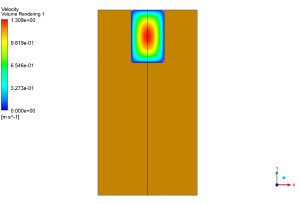
Figure 4: Velocity profile from the Multiphase nanofluid CFD simulation, showing the laminar flow inside the minichannel.
We pride ourselves on presenting unique products at CFDLAND. We stand out for our scientific rigor and validity. Our products are not based on guesswork or theoretical assumptions like many others. Instead, most of our products are validated using experimental or numerical data from valued scientific journals. Even if direct validation isn’t possible, we build our models and assumptions on the latest research, typically using reference articles to approximate reality.
Yes, we’ll be here . If you have trouble loading files, having technical problems, or have any questions about how to use our products, our technical support team is here to help.
You can load geometry and mesh files, as well as case and data files, using any version of ANSYS Fluent.
€360 Original price was: €360.€185Current price is: €185.

€160 Original price was: €160.€75Current price is: €75.

€190 Original price was: €190.€125Current price is: €125.

€240 Original price was: €240.€125Current price is: €125.

€185 Original price was: €185.€135Current price is: €135.

€240 Original price was: €240.€135Current price is: €135.



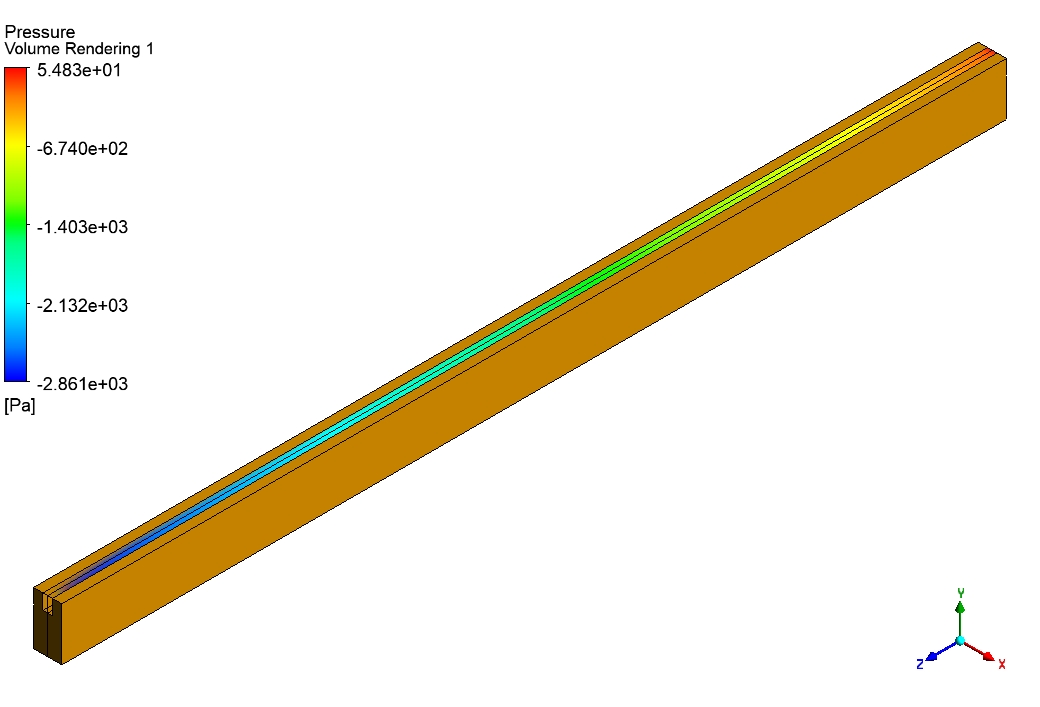
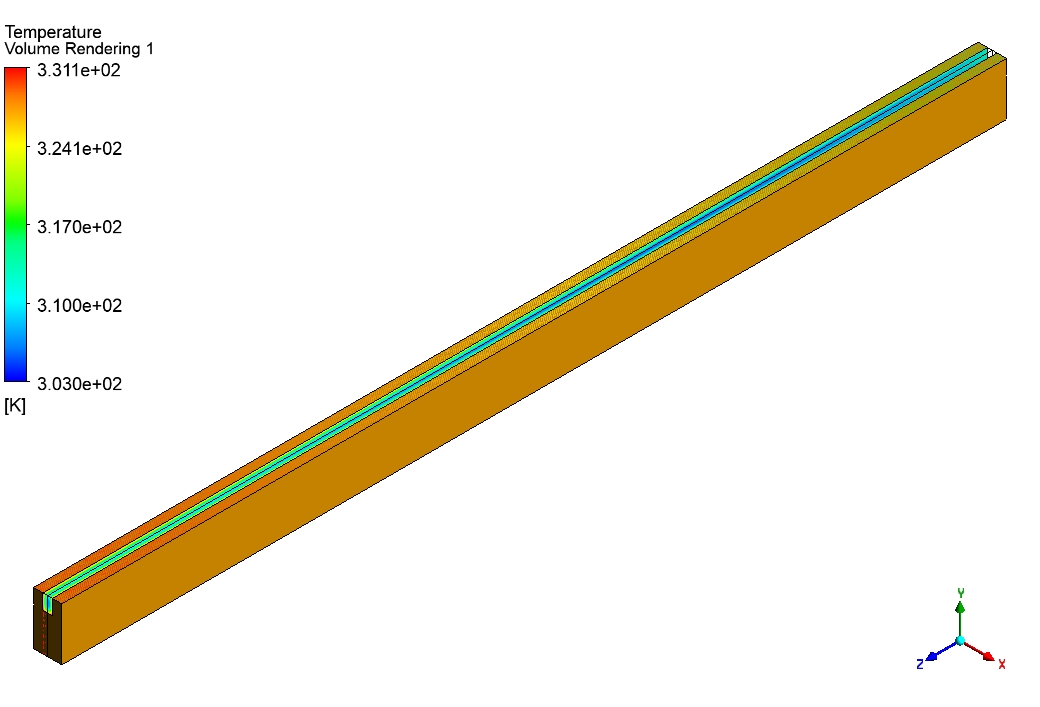

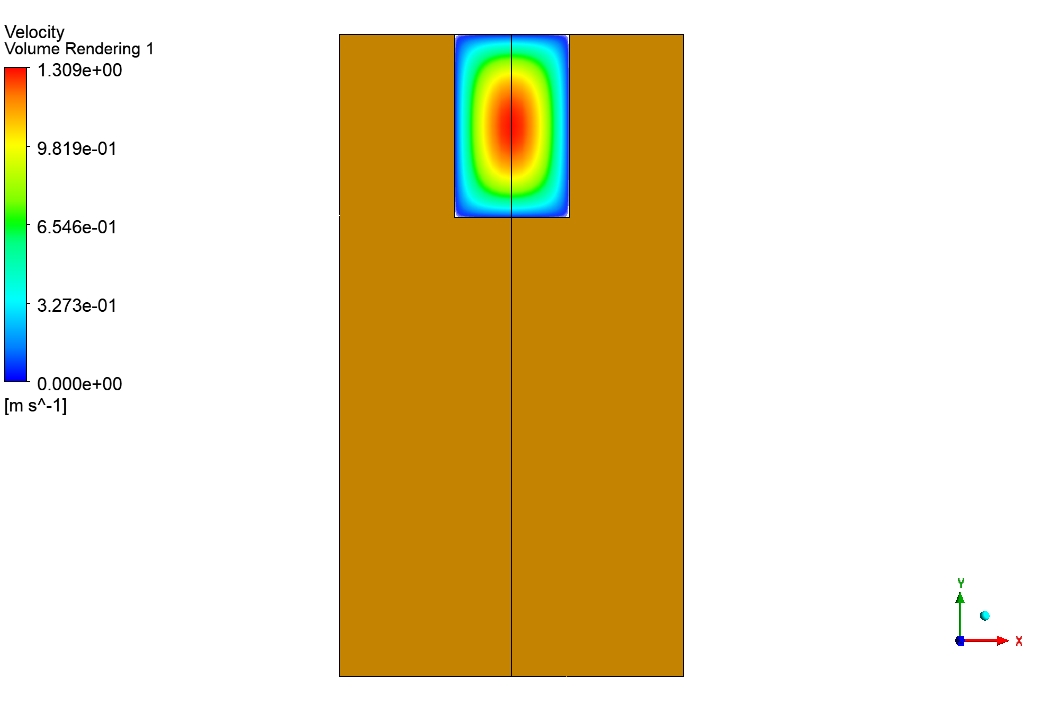





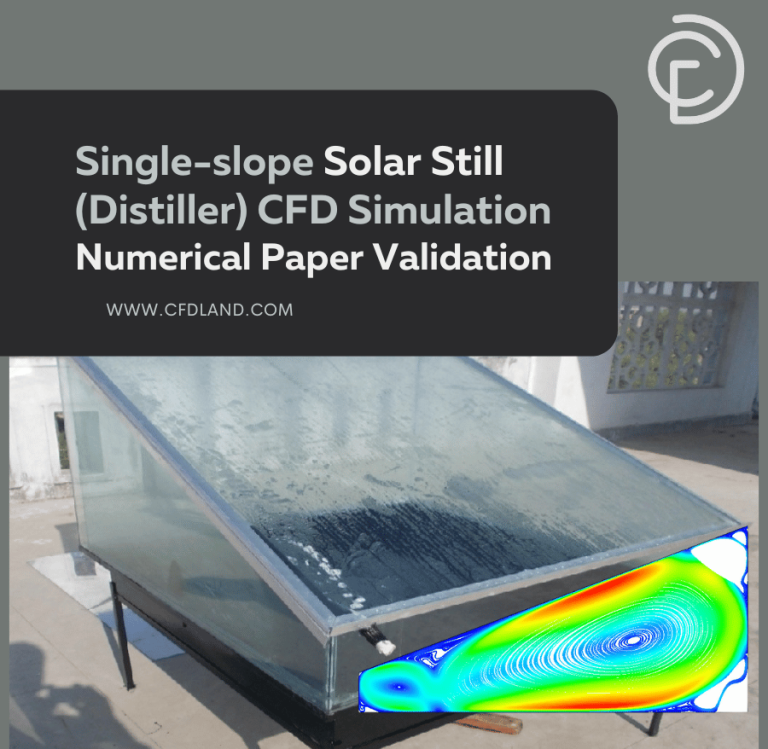
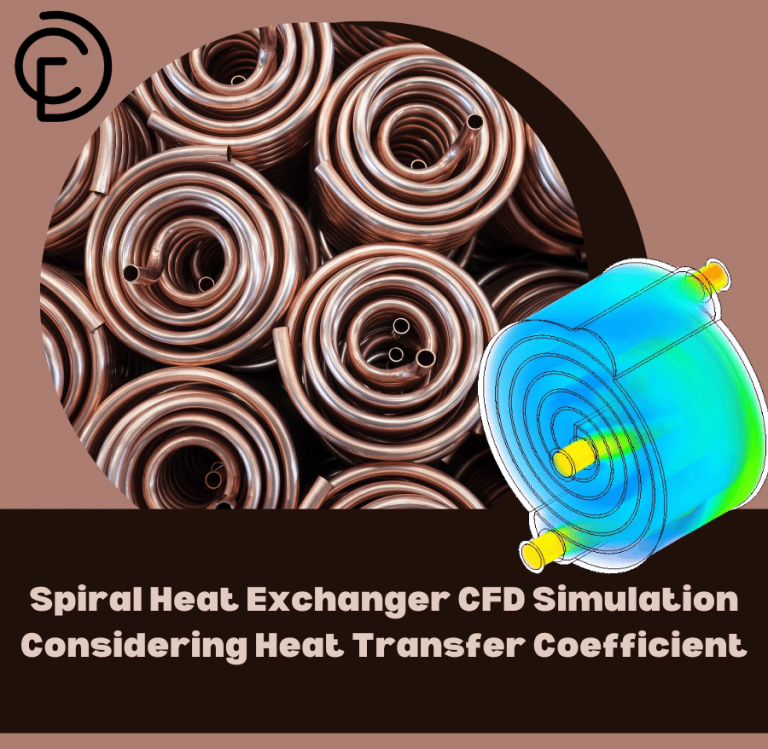
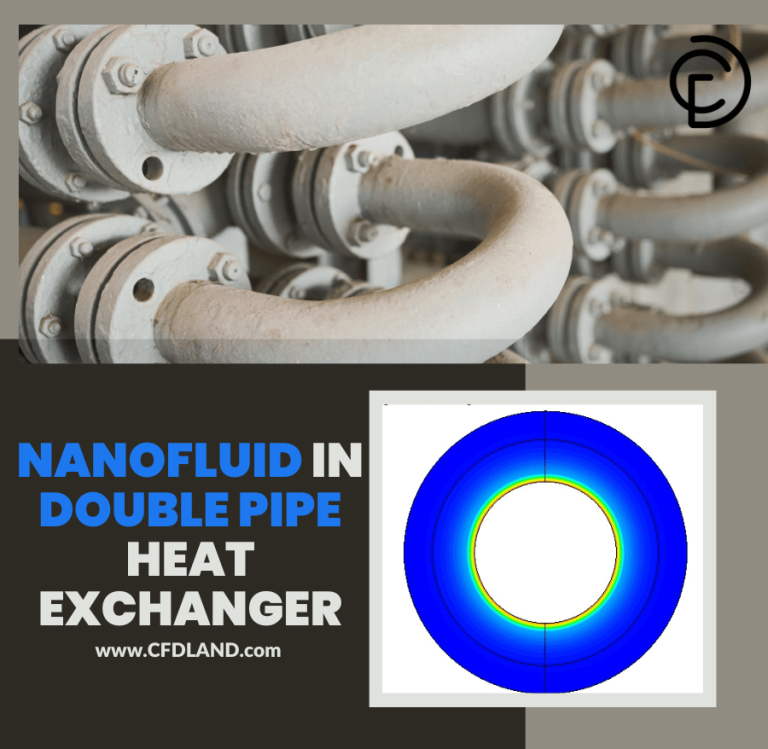
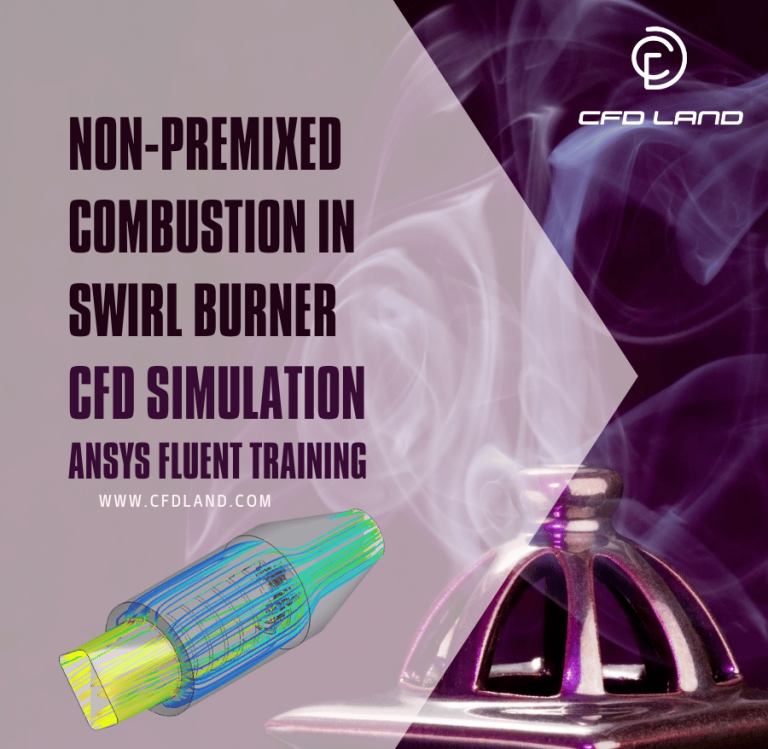
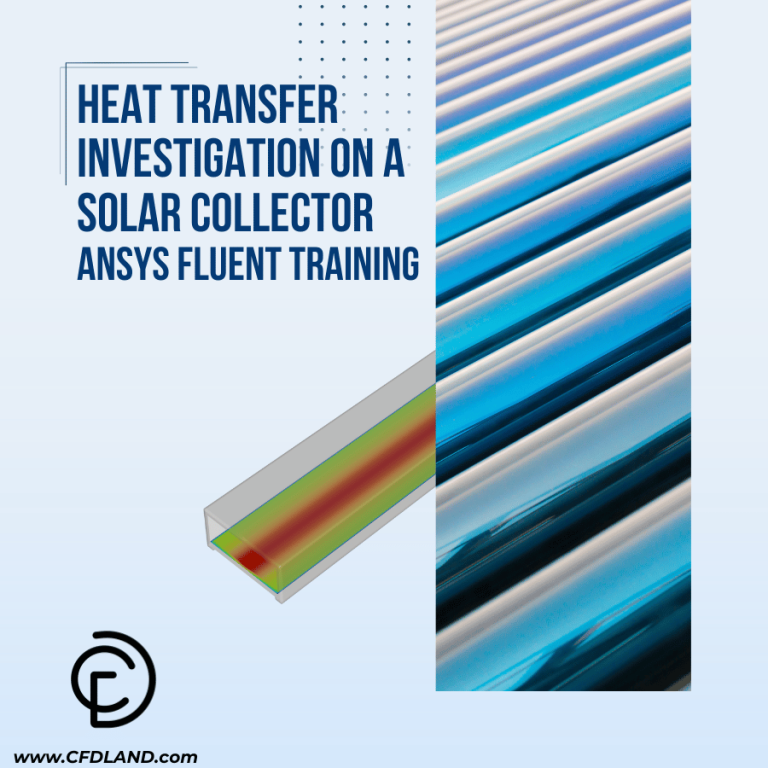

Reviews
There are no reviews yet.